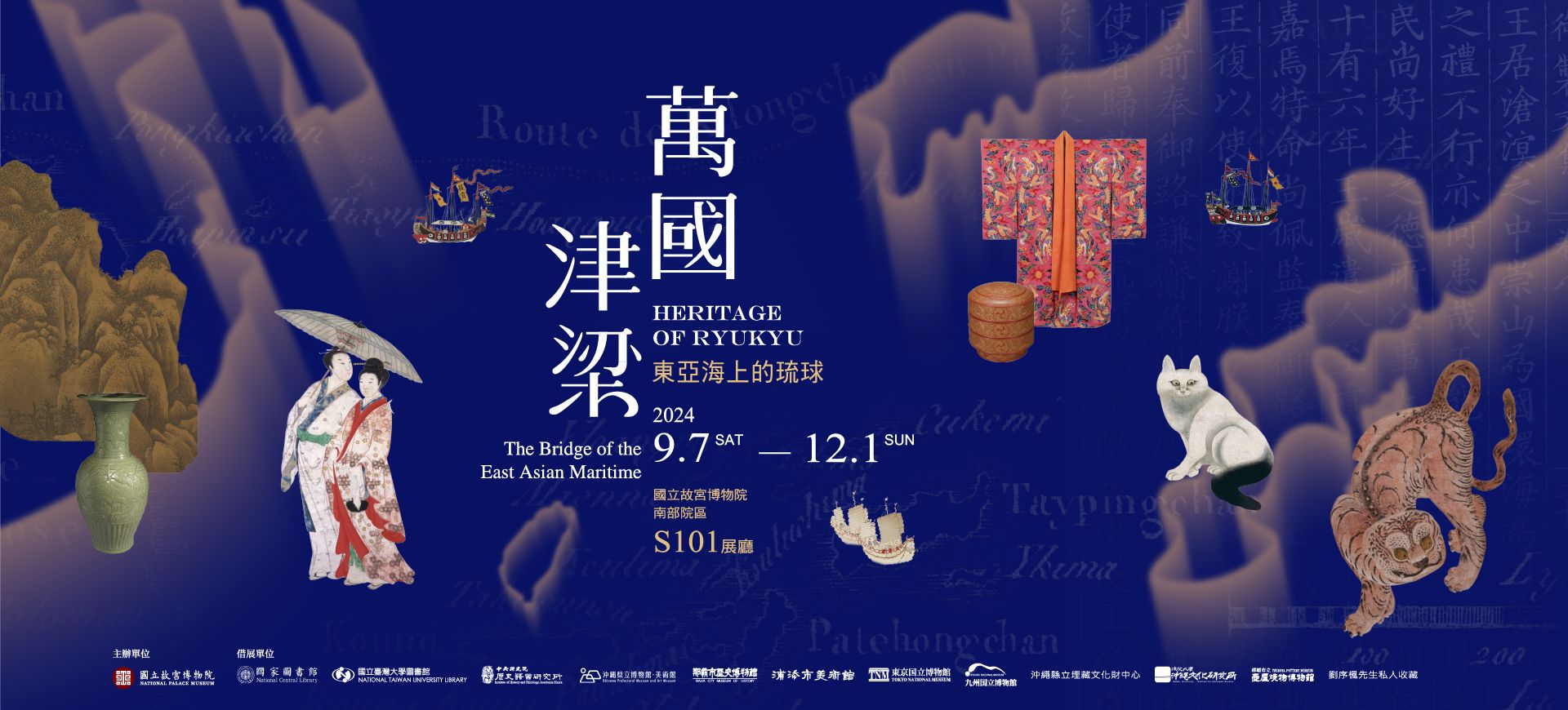Circulation of Material Culture & Dissemination of the Arts
As the Ryukyu Kingdom came face to face with the epochal changes that affected all of East Asia as it entered the modern era, a variety of major incidents forced the kingdom to make consequential political choices. However, if we wish to explore the cultural developments that occurred beyond the realm of that era’s fluctuating political and diplomatic relationships, then we need to turn our attention towards the Ryukyu Kingdom’s extroverted character. Historically speaking, Ryukyu was an extremely outward-facing kingdom, able to absorb and integrate a wide variety of external influences. As a result, just as it established all-embracing foreign affairs policies, the kingdom also gave birth to its own unique culture of the arts. These styles came about in part via exposure to the Sinosphere, which spurred advancements in Ryukyu’s arts and crafts. At the same time, Ryukyu’s subordination to Japan led folk arts and crafts to develop in ways that reflected deep influences stemming from its northern neighbor. Centuries of interaction, absorption, imitation, and creativity in the Ryukyu Kingdom bequeathed modern-day Okinawa with an abundance of priceless cultural inheritances.
Gifts of state and tribute to the emperors
-
On the tributary offerings from King of Chūzan, Shō Shin of the Ryukyu Kingdom
18th day of the 8th month of the 4th year of the Zhengde reign (August 3, 1509), Ming dynasty
From Vol.1, fascicle 42 of Lidai Baoan (Precious Documents of Successive Generations)
Compiled by Sai Taku, Ryukyu Kingdom
Length 27.3cm Width 19 cm
Collection of the National Taiwan University Library


